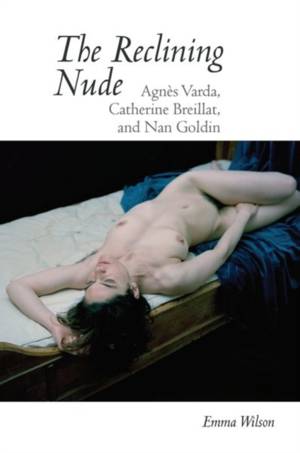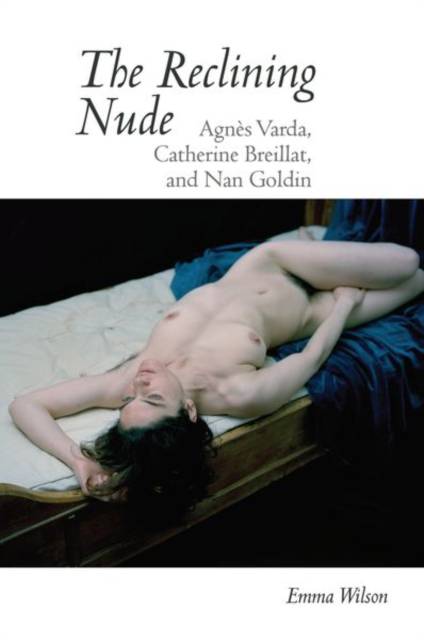
- Afhalen na 1 uur in een winkel met voorraad
- Gratis thuislevering in België vanaf € 30
- Ruim aanbod met 7 miljoen producten
- Afhalen na 1 uur in een winkel met voorraad
- Gratis thuislevering in België vanaf € 30
- Ruim aanbod met 7 miljoen producten
Zoeken
€ 93,45
+ 186 punten
Uitvoering
Omschrijving
The figure of a woman reclining, in repose, displayed, abandoned, fallen, asleep, or dreaming, returns in the work of women filmmakers and photographers in the twentieth and twenty-first centuries. Filmmakers Agnès Varda and Catherine Breillat, and American photographer working in Paris, Nan Goldin, return to the paintings of Titian, Velázquez, Goya, Courbet, and others, re-imagining, and re-purposing, their images of female beauty, display, (auto)eroticism, and intimacy. This book, a sensuous evocation of these feminist works, claims a female-identified pleasure in looking. The artists explored align images of repose and sensuality with other images of horizontality and proneness, of strong emotional content, images of erotic involvement, of vulnerability, of bodily contortion, of listlessness, grief, and depression. The reclining nude is for all three artists a starting point for a reflection on the relation of film, projections, and still photography, to painting, and a sustained re-imagining of the meanings conjured through serial returns to a particular pose. This book claims that the image of the reclining nude is compelling, for female-identified artists - and for all allied in feeling and picturing femininity - in the sensitive, ethically adventurous, politically complex feminist issues it engages. The reclining nude is an image of passivity, of submission, of hedonism. It allows thought about passivity as pleasure, about depression and grief figured posturally, about indolence as a form of resistance and anarchy. Through this image, female-identified artists have claimed freedom to offer new focus on these extremes of emotion. They are re-imagining horizontality.
Specificaties
Betrokkenen
- Auteur(s):
- Uitgeverij:
Inhoud
- Aantal bladzijden:
- 256
- Taal:
- Engels
- Reeks:
- Reeksnummer:
- nr. 65
Eigenschappen
- Productcode (EAN):
- 9781789620085
- Verschijningsdatum:
- 19/10/2019
- Uitvoering:
- Paperback
- Formaat:
- Trade paperback (VS)
- Afmetingen:
- 152 mm x 231 mm
- Gewicht:
- 385 g

Alleen bij Standaard Boekhandel
+ 186 punten op je klantenkaart van Standaard Boekhandel
Beoordelingen
We publiceren alleen reviews die voldoen aan de voorwaarden voor reviews. Bekijk onze voorwaarden voor reviews.











